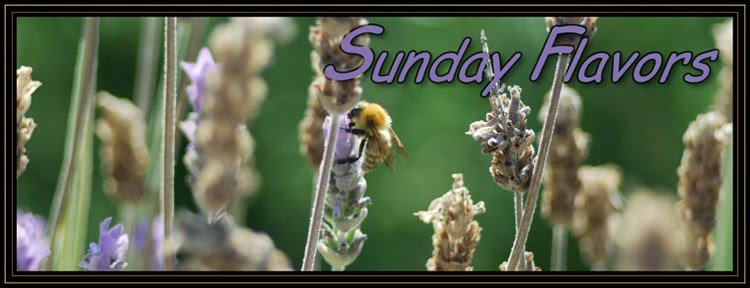Piedmont region gives you probably the richest food and some of the best wines you can find in whole Italy and consequently in all Mediterranean gastronomy. The flavors of Piedmont reach its peak in autumn, when the harvest is in the wooden slopes from the Alps to the Apennines supplying white truffles, mushrooms, game or veal, whose aromas and flavors enhance pastas and risottos, meats and cheeses, calling for full bodied red wines from this region, such as the famous Barolo, Barbaresco or Barbera.
Here you can find an exquisite cuisine. Vitello Tonatto (veal with tuna sauce) in one example of Piedmont’s cuisine, combining meat and fish as the landscape combines mountains and sea.
Another example of this region’s traditional food is this Bagna Caoda sauce, from the Piedmont dialect “hot sauce”, made from garlic, salty anchovy fillets, milk, olive oil and butter. This dish, treated similarly to fondue, it is set in a ceramic pot, over a warmer, were raw or boiled vegetables and bread are dipped into it. Bagna Caoda was introduced to me by Fabrizio Croce, a men of Piedmont region. This “antipasto” version combines roasted bell peppers with Bagna Caoda sauce, making a perfect option for a starter, like you can see here.
Here you can find an exquisite cuisine. Vitello Tonatto (veal with tuna sauce) in one example of Piedmont’s cuisine, combining meat and fish as the landscape combines mountains and sea.
Another example of this region’s traditional food is this Bagna Caoda sauce, from the Piedmont dialect “hot sauce”, made from garlic, salty anchovy fillets, milk, olive oil and butter. This dish, treated similarly to fondue, it is set in a ceramic pot, over a warmer, were raw or boiled vegetables and bread are dipped into it. Bagna Caoda was introduced to me by Fabrizio Croce, a men of Piedmont region. This “antipasto” version combines roasted bell peppers with Bagna Caoda sauce, making a perfect option for a starter, like you can see here.
YOU WILL NEED (serves 4):
5 bell peppers (red and yellow);
1 head of garlic;
5 salty anchovy fillets, drained;
200 ml / 7 ¼ fl oz of milk;
100 ml / 3 ½ fl oz of extra virgin olive oil;
2 tablespoons of butter;
METHOD:
BELL PEPPERS
Preheat your oven to 200ºC/392.ºF;
Place the whole bell peppers into a roasting tray and roast it around 45 minutes (depending on the size), turning it around a couple of times;
When roasted, choke it in a covered recipient to cool down and smooth;
Clean all the seeds and skin very well, dry and reserve.
BAGNA CAODAPlace the whole bell peppers into a roasting tray and roast it around 45 minutes (depending on the size), turning it around a couple of times;
When roasted, choke it in a covered recipient to cool down and smooth;
Clean all the seeds and skin very well, dry and reserve.
In a ceramic pot (if possible), boil over low heat the peeled garlic cloves covered with milk during 30 minutes;
Add anchovy fillets in small pieces, previously soaked in water with vinegar or lemon and drained;
Boil for more 30 minutes, over low heat;
Add olive oil and butter and cut the heat 5 minutes later;
PLATINGAdd anchovy fillets in small pieces, previously soaked in water with vinegar or lemon and drained;
Boil for more 30 minutes, over low heat;
Add olive oil and butter and cut the heat 5 minutes later;
Cut bell peppers in large stripes and place it in a large plate;
Place spoons of Bagna Caoda sauce (hot or cold) into the bell pepper stripes and serve immediately.
Place spoons of Bagna Caoda sauce (hot or cold) into the bell pepper stripes and serve immediately.
Bon pro fasa (Enjoy it)


No comments:
Post a Comment